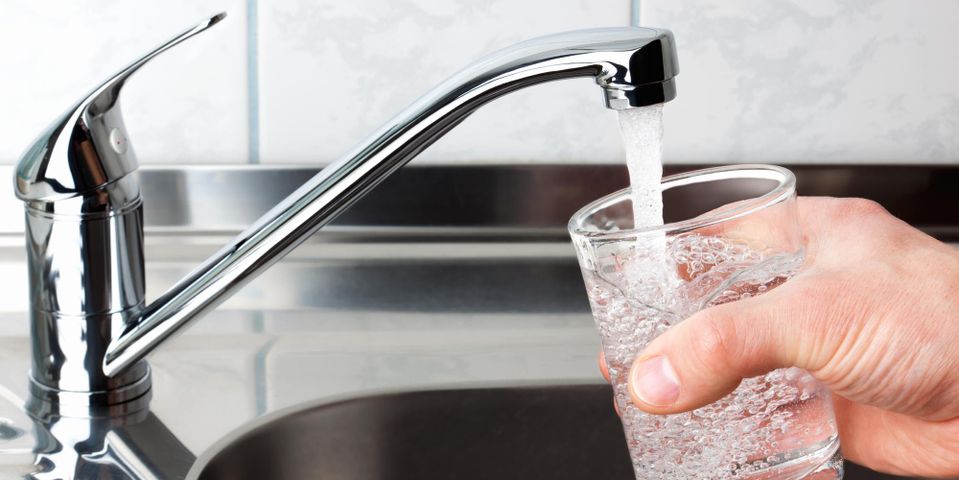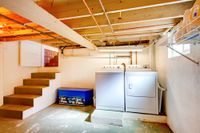
Sump pumps play a critical role in residential water systems. Their primary purpose is to prevent flooding. Because these devices are typically installed beneath the basement floor, though, it’s easy to overlook them. However, like other appliances, they require periodic maintenance. As such, it’s wise to familiarize yourself with their various parts and overall operations. To help you get started, here are the answers to some of the most frequently asked questions about sump pumps.
What You Need to Know About Sump Pumps
What are the components of a sump pump?
A sump pump is comprised of three primary components—a drainage tank, float switch, and pump. Water accumulates in the tank, and when it reaches a certain level, the float switch triggers the pump to start running. The pump then diverts this water out of the basement and away from the house.
How large should the drainage tank be?
Generally speaking, bigger drainage tanks are better. The larger the pit, the less often the pump has to run, thereby minimizing wear and tear. Running the pump infrequently will also reduce your utility costs because it will use less electricity. Most drainage tanks hold between 15 and 25 gallons of water, and you should consider installing the largest pit that will fit in the space available.
How do pedestal and submersible sump pumps differ?
 There are two kinds of sump pumps. Pedestal pumps are powered by a motor that sits on the tank. As such, they’re easier to service; however, they also happen to be visible.
There are two kinds of sump pumps. Pedestal pumps are powered by a motor that sits on the tank. As such, they’re easier to service; however, they also happen to be visible.
Submersible pumps, on the other hand, are powered by a motor that’s sealed and then mounted inside the actual tank. These pumps are ideal in cramped spaces because they’re less noticeable, and unlike pedestal devices, they don’t require sufficient airflow to prevent overheating.
How long do sump pumps last?
In the average residential water system, a sump pump will last for about a decade. Naturally, homes that accumulate a lot of water will require a replacement sooner because the pump has to run more often. If you live in a relatively dry area, on the other hand, and rarely have to pump out the basement, it will extend the life of your sump pump.
The knowledgeable crew at Luisier Drilling is proud to install, maintain, repair, and replace residential water systems. Based in Oconto Falls, WI, and serving all of Oconto County, they drill more than 600 wells a year. Since 1936, they’ve been leaders in the industry, and they’ve stayed up to date on advancements in the field ever since. To discuss your sump pump or entire residential water system with an experienced member of their team, reach out online or call (920) 848-5239.
About the Business
Have a question? Ask the experts!
Send your question

